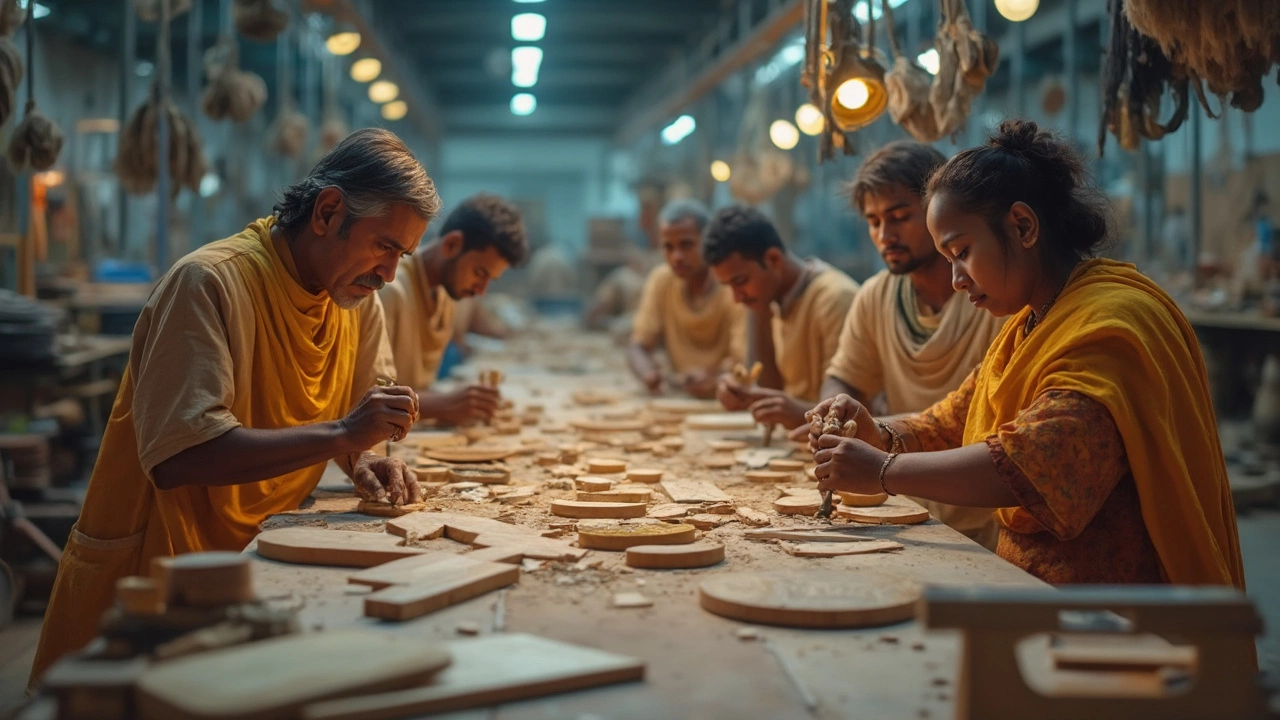IKEA Furniture in India – What You Need to Know
If you’re hunting for stylish, affordable furniture, IKEA is probably the first name that pops up. The Swedish giant has opened several megastores across India, and its flat‑pack designs have changed how many of us furnish our homes. In this guide we’ll cover the basics – where to shop, how to save money, quick assembly tricks, and which Indian brands give IKEA a run for its money.
Where to Find IKEA Stores and What They Offer
IKEA currently runs big‑box outlets in Delhi, Mumbai, Bengaluru, Hyderabad and Chennai. Each location houses a showroom, a market hall with kitchenware and décor, and a self‑service warehouse where you pull the flat‑pack items yourself. The product range is huge – from simple BILLY bookcases to modular KALLAX shelving, plus sofas, beds, lighting and a growing line of eco‑friendly pieces made from recycled wood and plastics.
Prices are fixed across the country, which makes it easy to compare online before you walk in. On average, a basic sofa costs around ₹15,000‑₹25,000, while a full bedroom set can run between ₹30,000‑₹60,000. The key selling point is the blend of modern design and low price, but you do have to be ready for some DIY assembly.
Smart Ways to Cut Costs and Speed Up Assembly
Flat‑pack furniture can feel intimidating, but a few tricks make it painless. First, bring a small set of tools – a Phillips screwdriver, an Allen key (often included), and a rubber mallet. Lay out every piece on a clean floor and check the instruction sheet before you start; missing screws are the most common hiccup.
If you’re short on time, IKEA offers an in‑store assembly service for a modest fee. Booking online ahead of your visit can save you a day or two. Another tip: keep the original box for a few weeks after assembly. It’s handy if you need to move the item again or want to return it.
To stretch your budget further, watch for seasonal sales – the “IKEA Family” membership gives you early access to discounts and a 10 % off coupon on your birthday. Also, look for the “As-Is” section near the exit; you’ll find returned items with minor scratches at up to 30 % off.
While IKEA dominates the flat‑pack market, Indian brands like Urban Ladder, Pepperfry, and Nilkamal offer comparable styles with local flavor. Urban Ladder focuses on curated collections and often includes free white‑glove delivery. Pepperfry boasts a massive online catalog and flexible payment plans, which can be a game‑changer if you’re on a tight cash flow.
When you compare, pay attention to material quality. IKEA’s particleboard is sturdy for the price, but many Indian brands use solid wood or metal frames that last longer. If sustainability matters to you, check the product tags – IKEA labels its “Sustainable” line, while some local makers use reclaimed timber and zero‑VOC finishes.
Buying online vs. in‑store is a personal choice. The IKEA app lets you visualize items in your room using augmented reality, which reduces the risk of buying the wrong size. However, a store visit lets you sit on sofas, test drawer slides, and gauge true colour under natural light. If you’re unsure, start with a small piece online and upgrade to larger items after a hands‑on test.
Finally, remember that IKEA’s flat‑pack model is built around reuse. The company runs a global buy‑back program where you can return old furniture for a discount on new items. Recycling the packaging and donating unused boxes to local schools or NGOs also adds a feel‑good factor to your purchase.
Whether you’re furnishing a first‑time apartment or revamping a family home, IKEA furniture offers a mix of design, price, and DIY satisfaction. Pair it with smart buying tips and a glance at local alternatives, and you’ll end up with a space that looks great without breaking the bank.
